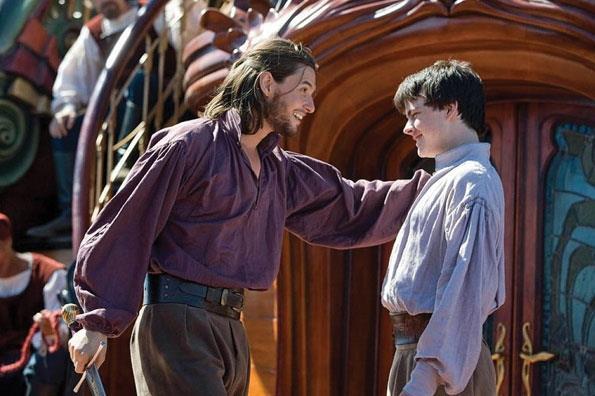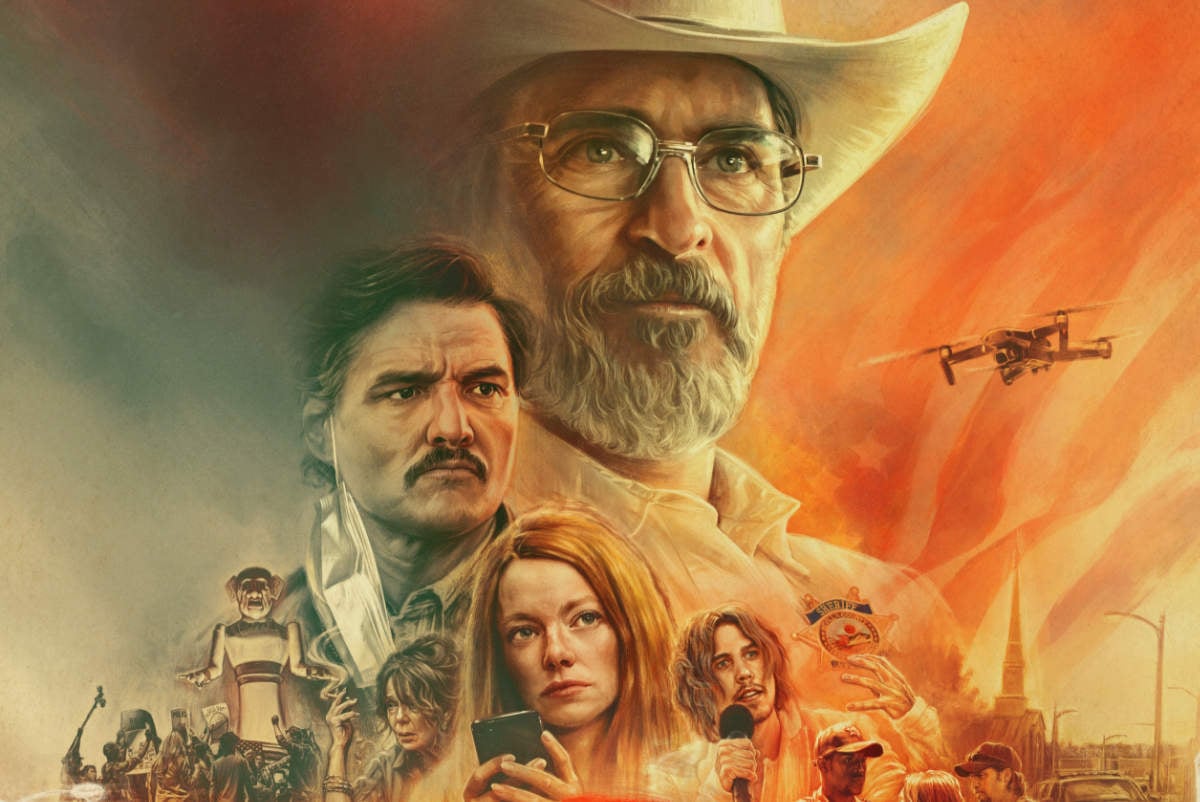The Chronicles of Narnia – A Timeless Journey Through Fantasy, Faith, and Courage
The Chronicles of Narnia is a beloved fantasy film series adapted from the classic novels by C.S. Lewis. Rich in imagination, allegory, and epic adventure, the films transport audiences to the magical world of Narnia—a land where animals talk, mythical creatures roam, and good battles evil in timeless stories of bravery and belief. Though several attempts have been made to adapt the books over the decades, the most notable film series began in 2005 with The Lion, the Witch and the Wardrobe, followed by Prince Caspian (2008) and The Voyage of the Dawn Treader (2010).
The story begins during World War II, when four siblings—Peter, Susan, Edmund, and Lucy Pevensie—are evacuated from London to the countryside. While exploring the old mansion of their host, young Lucy stumbles upon a magical wardrobe that opens into the snowy realm of Narnia. There, they discover a world trapped in eternal winter, ruled by the tyrannical White Witch, Jadis (played chillingly by Tilda Swinton). The children soon learn that they are part of an ancient prophecy and must help the noble lion Aslan (voiced by Liam Neeson) restore peace and rightful rule to Narnia.

At its heart, The Chronicles of Narnia is about the struggle between light and darkness, both in the world and within the self. Each sibling faces personal tests—Edmund’s betrayal and redemption, Peter’s growth into leadership, Lucy’s faith and courage, and Susan’s skepticism. These moral journeys are set against the backdrop of fantastical landscapes, battles, and magical creatures, all rendered with impressive production value and emotional depth.
The first film, The Lion, the Witch and the Wardrobe, remains the most faithful and critically acclaimed adaptation. It balances charm and intensity, appealing to children and adults alike. The themes of sacrifice, forgiveness, and resurrection—heavily inspired by Christian theology—are woven seamlessly into the narrative. Aslan, a Christ-like figure, serves as a symbol of hope and redemption.
Prince Caspian takes on a darker tone, exploring the loss of innocence, the passing of time, and the challenges of faith in times of doubt. The action is more intense, and the characters more complex, as the Pevensies return to a Narnia that has changed drastically during their absence. The Voyage of the Dawn Treader, more episodic and fantastical, shifts focus to Lucy, Edmund, and their cousin Eustace, offering a spiritual odyssey filled with temptation, transformation, and wonder.
The performances of the young cast—particularly Georgie Henley (Lucy) and Skandar Keynes (Edmund)—are natural and heartfelt, grounding the films with emotional authenticity. The visual effects and musical score enhance the magical tone, especially in scenes involving majestic creatures like centaurs, griffins, and sea serpents.

Though the film series didn’t complete the full seven-book saga, it left a lasting impression. Fans continue to hope for a revival, and in fact, Netflix is developing new adaptations of The Chronicles of Narnia, promising to reintroduce the stories to a new generation.
In conclusion, The Chronicles of Narnia films are a cinematic doorway into a world of wonder, values, and epic adventure. They capture the spirit of C.S. Lewis’s timeless tales—reminding us that courage, faith, and the belief in something greater than ourselves can guide us through even the darkest of times.

